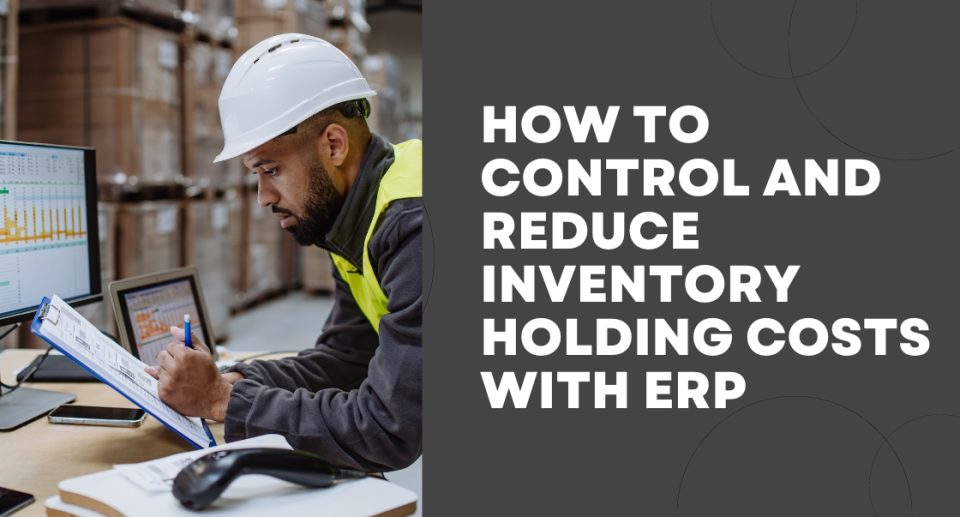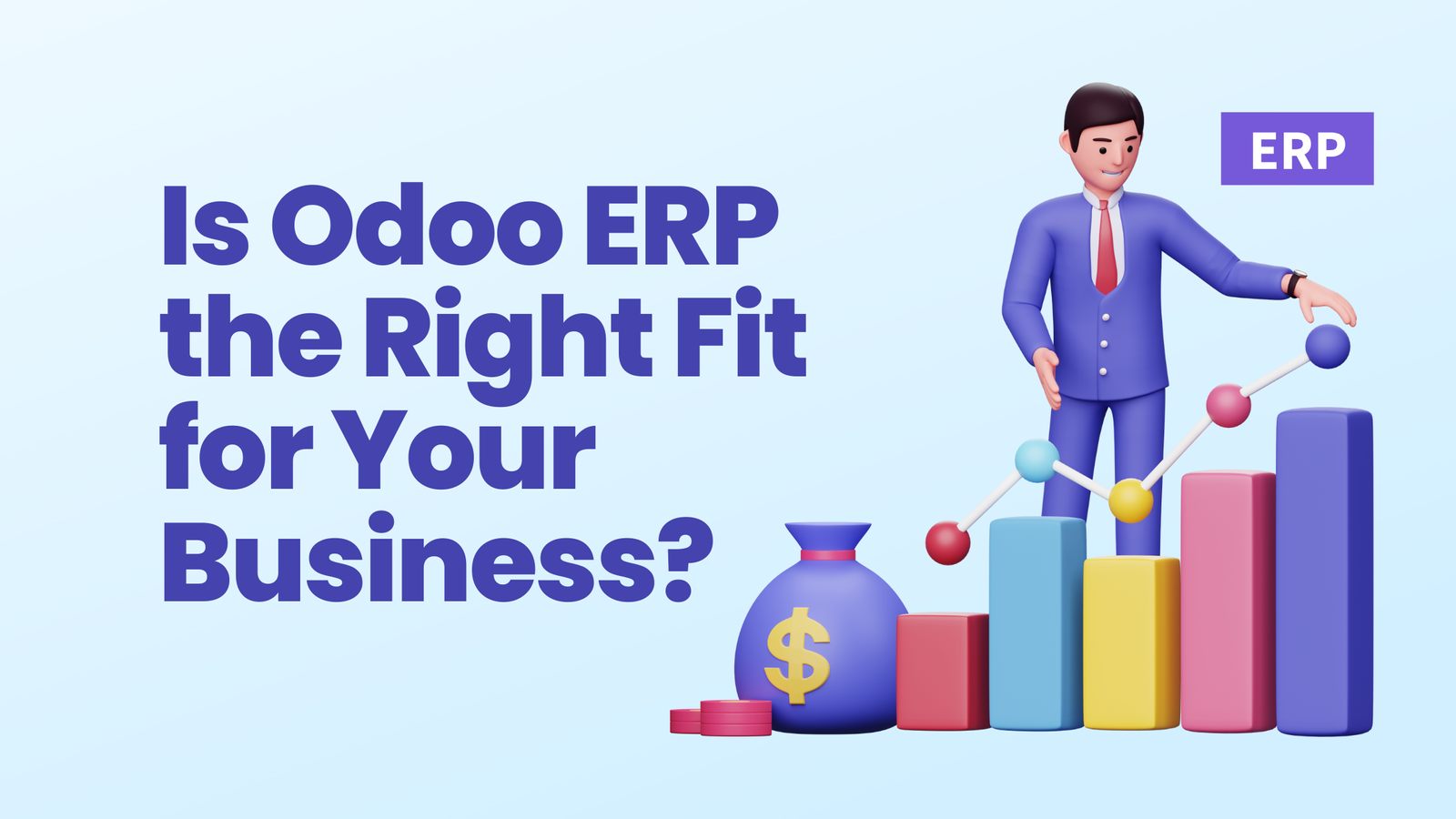Managing inventory is a critical aspect of running a successful business. However, holding inventory can come with significant costs that can impact your bottom line. These costs include storage fees, the capital tied up in unsold goods, handling expenses, and potential obsolescence. Fortunately, ERP (Enterprise Resource Planning) systems offer powerful solutions to control and reduce these inventory holding costs. In this article, we’ll explore how ERP systems can help you manage your inventory more effectively, reduce holding costs, and improve your overall business performance.
Understanding Inventory Holding Costs
Before we dive into how ERP systems can help, let’s first understand what inventory holding costs are and why they matter.
1. Storage Costs: These are expenses related to warehousing your inventory. They include rent for storage space, utility bills, insurance, and maintenance costs. The more inventory you hold, the higher these costs will be.
2. Capital Costs: When you invest in inventory, you’re tying up capital that could be used elsewhere in your business. This is known as the opportunity cost of holding inventory. The longer inventory sits on your shelves, the more potential profit you miss out on from other investments.
3. Handling Costs: These are costs associated with moving, picking, packing, and shipping inventory. Handling costs can add up, especially if you have a large volume of inventory or a complex supply chain.
4. Obsolescence Costs: Inventory can become obsolete if it’s not sold in a timely manner. This is particularly relevant for products with a short shelf life or those subject to changing trends. Obsolescence can result in significant financial losses.
How ERP Systems Help in Reducing Inventory Holding Costs
ERP systems offer a suite of tools designed to optimize inventory management and reduce holding costs. Here’s how they can help:
1. Real-Time Inventory Tracking
One of the primary benefits of an ERP system is its ability to provide real-time visibility into inventory levels. Traditional inventory management systems might update stock levels infrequently, leading to discrepancies between actual stock and recorded stock. ERP systems, on the other hand, offer up-to-the-minute data on inventory, helping you to:
- Monitor Stock Levels: With real-time tracking, you can easily see how much inventory you have on hand, what’s on order, and what’s been sold. This helps prevent overstocking and stockouts.
- Improve Decision-Making: Accurate, up-to-date information allows you to make informed decisions about purchasing and stocking. This helps in managing your inventory more efficiently and reduces the need for excess stock.
2. Improved Demand Forecasting
Accurate demand forecasting is crucial for inventory management. ERP systems use historical sales data, market trends, and other analytics to predict future demand. This helps businesses:
- Adjust Inventory Levels: By forecasting demand more accurately, you can adjust your inventory levels to match expected sales. This reduces the risk of overstocking and holding excess inventory.
- Plan Purchases: With better demand forecasts, you can plan your purchases more effectively, ensuring you have the right amount of inventory at the right time.
3. Automated Reordering
ERP systems often include automated reordering features that simplify inventory management. These features work by:
- Setting Reorder Points: You can set minimum stock levels for each item. When inventory levels fall below these thresholds, the ERP system automatically generates purchase orders to restock.
- Reducing Manual Effort: Automated reordering minimizes the need for manual inventory checks and order placements, reducing the risk of human error and ensuring timely replenishment.
4. Enhanced Supplier Management
Effective supplier management is key to controlling inventory costs. ERP systems can improve supplier relationships and performance by:
- Tracking Supplier Performance: ERP systems track key metrics such as delivery times, order accuracy, and quality. This information helps you evaluate supplier performance and make data-driven decisions about which suppliers to work with.
- Optimizing Order Quantities: By analyzing supplier data, you can negotiate better terms and optimize order quantities, reducing lead times and the need for excess inventory.
5. Efficient Warehouse Management
ERP systems also contribute to more efficient warehouse management. Here’s how:
- Optimizing Storage Space: ERP systems help you manage warehouse space effectively by optimizing storage layouts and reducing the need for excess storage.
- Improving Picking and Packing: With better visibility and tracking, ERP systems streamline picking and packing processes, reducing handling costs and improving order fulfillment speed.
Implementing ERP for Inventory Management
When considering an ERP system for inventory management, keep the following tips in mind:
- Choose the Right ERP Solution: Select an ERP system that aligns with your business needs and offers robust inventory management features.
- Integrate with Existing Systems: Ensure your ERP system integrates well with other systems such as accounting, sales, and supply chain management.
- Train Your Team: Proper training is essential to maximize the benefits of your ERP system. Ensure your team understands how to use the system effectively.
- Monitor and Adjust: Continuously monitor your inventory management processes and adjust your ERP system settings as needed to optimize performance.
Conclusion
Controlling and reducing inventory holding costs is essential for maintaining profitability and optimizing cash flow. ERP systems provide valuable tools and features to help businesses achieve this by offering real-time tracking, improved demand forecasting, automated reordering, enhanced supplier management, and efficient warehouse management. By leveraging these features, businesses can effectively manage their inventory, reduce holding costs, and improve overall operational efficiency.
For businesses in India looking to enhance their inventory management practices, exploring ERP for inventory management in India could be a crucial step towards optimizing operations and reducing costs.





